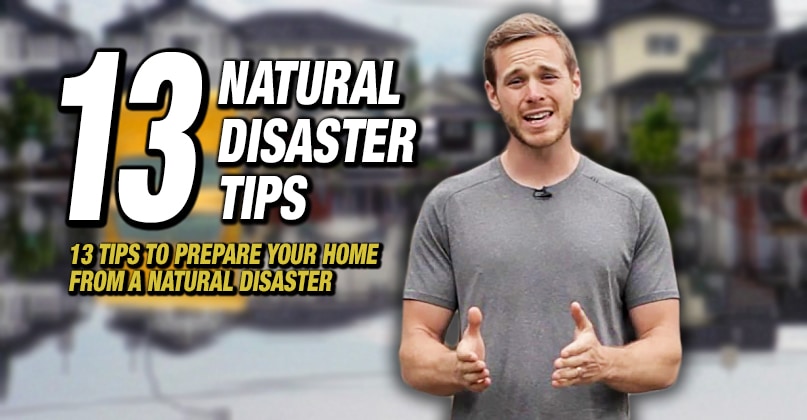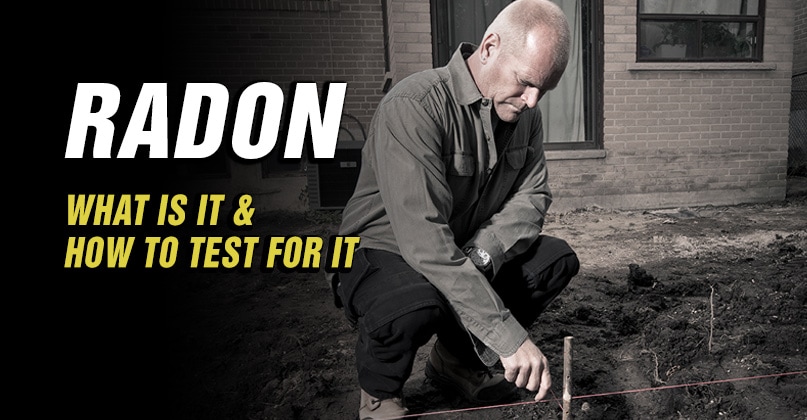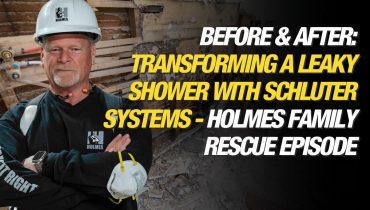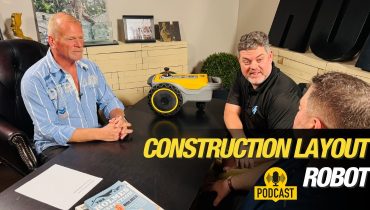Site Printer – Changing Construction We’re thrilled to bring you the latest insights from the Homes on Homes podcast! In this episode, Mike Holmes explores the revolutionary impact of site...
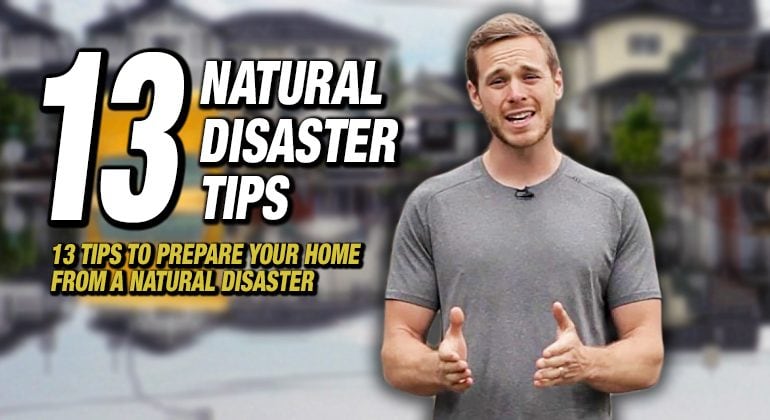
13 Tips To Prepare Your Home For a Natural Disaster
By Mike Holmes Jr
Mike’s Advice / Home Safety & Maintenance
Monday, August 17th, 2020 @ 3:06am
What Steps Can You Take To Protect Your Home And Loved Ones From A Natural Disaster
These days, when a natural disaster strikes, you can usually count on a power outage to follow. Losing power can mean a lot more than getting stuck in the dark. Without power, your furnace or sump pump may stop working. These are the internal defence systems of your home, and making sure they work when you need them most is key to protecting you and your home.
Power outages affect electronics and household appliances you use daily. These include your refrigerator, electric stove, lights, heat, air conditioning, washer, and dryer. You also lose the ability to charge cell phones and other devices that you use to communicate, etc.
Where you live can play a major factor in what kind of disaster you experience, and therefore, how you should prepare. If you live near a waterway like a river, lake, or ocean, there is a higher risk of flooding. Homes near heavily wooded areas could be more at risk for potential fires, trust me – I have seen both cases with my own eyes.
A small investment combined with pre-planning is always a good idea to keep you safe and protect your belongings during the unexpected. Here are my tips for disaster preparedness for your home.
13 Ways To Plan In Advance:
#13 – Never try to use alternative heat sources Inside During a Power Failure
Don’t use any heat sources like the oven or a barbecue to warm up inside the home or garage during a power failure. This could lead to an electrical fire putting you and your loved ones at risk.
#12 – Lock away valuables and original documents
Place these items in a safe within your home or at a family or friend’s home. Also, consider opening a safe deposit box at your local bank where you can store such items.
#11 – Document your possessions
Create a list of your belongings and how much each item costs. Take photos, and keep receipts. It’s important to know what you own if your home and possessions are damaged. Insurance claims will also be easier to file. I take pictures with my tablet and store them on the cloud in case the device is damaged.
#10 – Review your homeowner’s insurance policy
Get familiar with your policy and what it covers. Some policies will not cover natural disasters and you may have to purchase fire or flood insurance if needed. It might be a good idea to keep a copy of your insurance policy and your agent’s contact information in your emergency kit as well!
#9 – Test your smoke and carbon monoxide detectors monthly
Make sure they work properly and batteries are replaced 2 times per year.
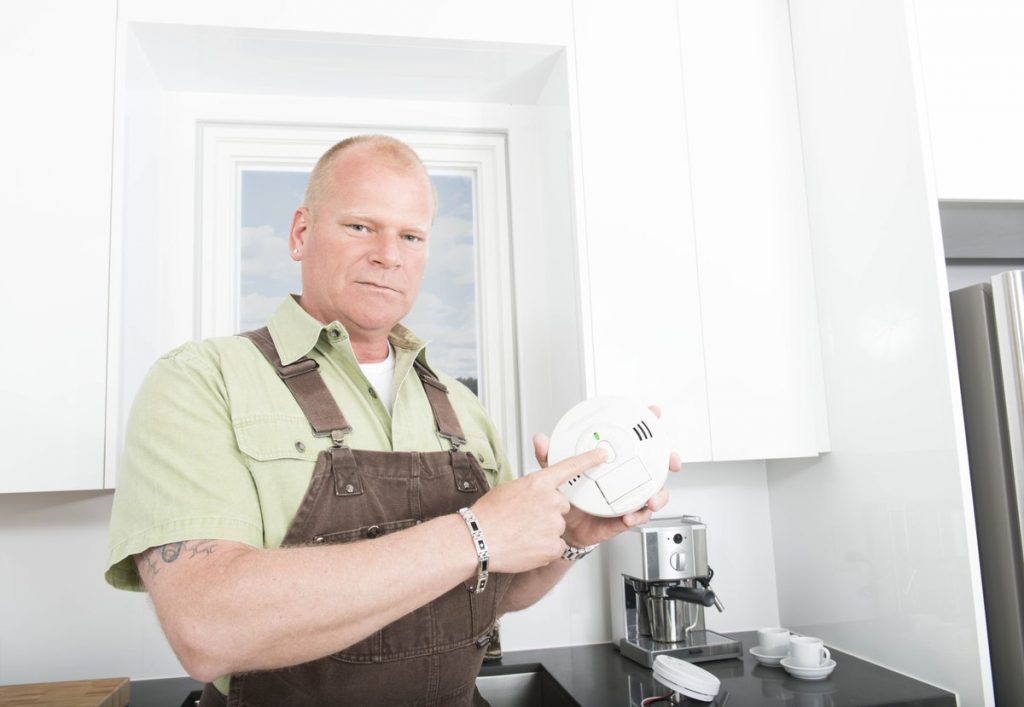
My dad always says carbon monoxide detectors should be replaced every 5-7 years and smoke detectors should be replaced every 10 years.
Check out more home maintenance essentials here.
#8 – Make sure your pipes are insulated to keep them from freezing
If you live in an area where you experience cold or winter-like weather, you do not want your pipes to freeze or burst, potentially leading to floods.
#7 – Have your trees trimmed and maintained
Have any dead or diseased branches or trees cut and removed. In case of a major windstorm, you don’t want any trees or branches to strike the power lines.
#6 – Keep an emergency kit readily available
Make sure it is fully stocked with bandages, flashlights, canned food, etc. and keep one in your car as well. It should be designed to get you and your family through 48 hrs of no power and services.
#5 – Have an emergency disaster plan
Make sure you and your family know the game plan, where all of the emergency EXITS are in the home, and a safe place to meet if you were to get separated. You want to have at least two ways to safely evacuate your home.
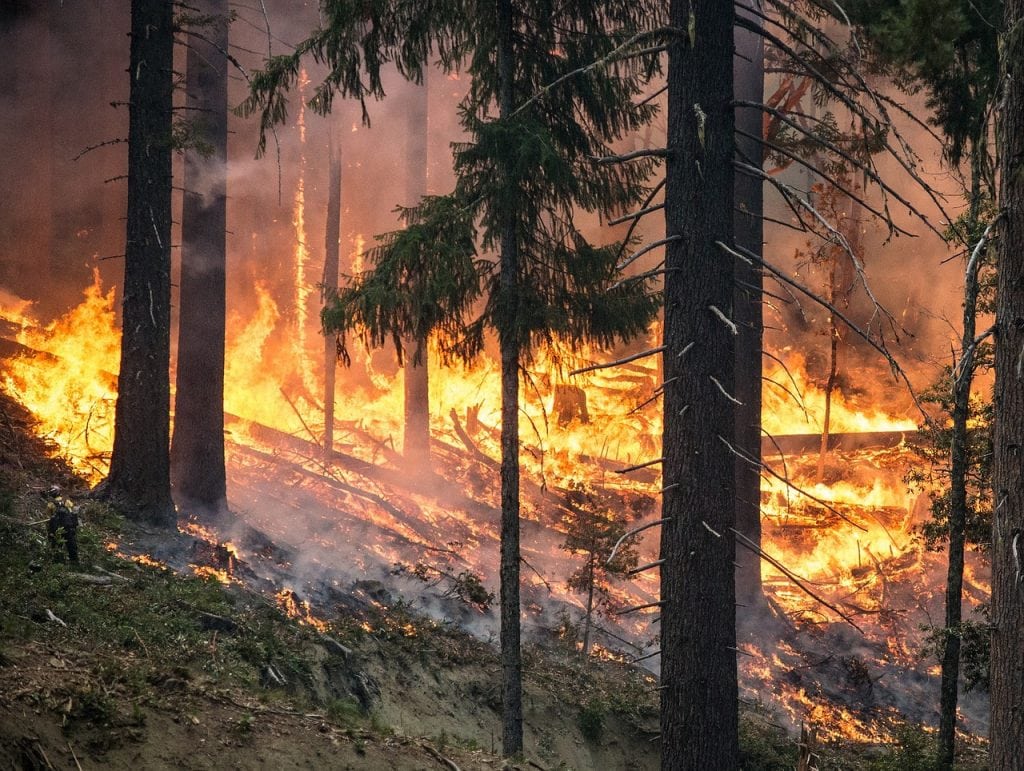
It can be tragic when you don’t have a plan to escape, wildfires can spread faster than you may think, and flash flooding can be extremely dangerous so make sure you have a plan that you have discussed with the family.
#4 – Keep outdoor objects and furniture secure
Make sure items, like garden furniture, toys, etc. are securely contained in the garage or locked down. Flying objects can cause serious damage to your home as well as to other people.
#3 – Locate shut-off valves
Make sure you know where your water, gas, and electric shutoffs are so you can easily locate them should you need to shut them off in an emergency.
#2 – Install a Surge Protector
To prevent power surges from damaging appliances and electronics unplug them from the power source. However, I highly recommend you consider getting a whole house surge protector installed. I have the Eaton Whole Home surge protector installed in my house.
RELATED
To find out more about whole house surge protectors check out
#1 – Protect Your Pets
As most of you know, Lisa Marie and I love our dog Caicos. He IS our fur-baby and is an important part of our family.

Protect your fur-family members and get them micro-chipped. This will be a lifesaver if you and your pet are separated during a storm or emergency. Photo from Instagram.
Protect Yourself With a Backup Generator
If there is one thing you need in preparation for a natural disaster or power outage, it’s a generator. Generators provide peace of mind and protection during a period where there is no power.
In the event of dangerous weather or driving conditions, you may be told to avoid leaving your home. A generator can keep you connected to the news, providing basic power and functions. Having a safe source of power to operate your home means protecting your family.
Generators are available in different sizes and can be fuelled by different sources such as propane or natural gas to meet everyone’s needs. The number and size of systems you want to power will determine how much wattage you will need from your generator. The two main types of generators are portable and standby.
Portable Generators
A portable generator is exactly what it sounds like – portable. It doesn’t need to be installed, but it must be plugged into your appliances or subpanel to provide power. Portable generators can be gasoline or propane powered so they will require refuelling.
A portable generator is great if you only want to provide power to a few items and for remote locations that prohibit a bigger backup system.

Why You Should Never Use A Generator Indoors. Electrical Safety Authority (ESA).
Standby Generators
A standby generator is ideal if you’re looking to power a greater portion of your home or if you’re away from home for long periods of time. It is permanently installed outside your home and must be in an open area away from windows and doors.
IMPORTANT
Because all generators produce carbon monoxide, you want to make sure that CO doesn’t seep into your home.

Storm Safety Tips From ESA.
Installing a Standby Generator
A licensed electrician and gas fitter must be involved in the installation process. A standby generator automatically kicks in and provides power directly to your home’s electrical system through a transfer switch. This replaces the power that would typically come in from the grid. Once power is restored it automatically switches off.
When using a generator always take safety precautions. Before using your generator, read the owner’s manual. Each system has different safety precautions, and you want to make sure you are operating your unit safely.
IMPORTANT
